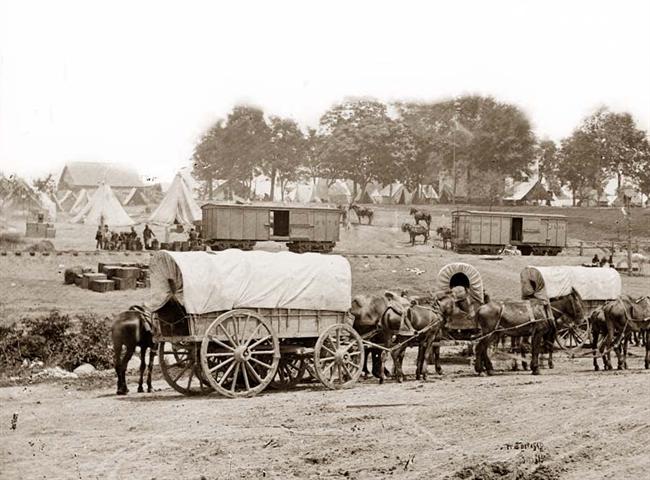Posts Tagged ‘Christopher R. Gabel’
Railroad Generalship: Foundations of Civil War Strategy

I ran across an excellent monograph yesterday by Dr. Christopher R. Gabel titled “Railroad Generalship: Foundations of Civil War Strategy.” It is available in its entirety on the Command and General Staff College’s Combined Arms Research Library here. It includes maps and illustrations.
The following is the foreward by Jerry D. Morelock , Colonel, Field Artillery and Director of the Combat Studies Institute.
“According to an old saying, “amateurs study tactics; professionals study logistics.” any serious student of the military profession will know that logistics constantly shape military affairs and sometimes even dictate strategy and tactics. This excellent monograph by Dr. Christopher Gable shows that the appearance of the steam-powered railroad had enormous implications for military logistics, and thus for strategy, in the American Civil War. Not surprisingly, the side that proved superior in “railroad generalship,” or the utilization of the railroads for military purposes, was also the side that won the war.”
Gabel provides some astonishing statistics which illustrate why railroads challenged traditional strategic direction during the Civil War. He contends that the net effect of “the advent of the steam-powered railroad” was a boost in logistical output by at least a factor of ten. The impact on strategy in the Civil War was staggering. “Most notably, the railroad increased enormously the geographical scale of military operations.” Armies got larger. Sherman’s offensive campaign used 100,000 men and 35,000 animals. His supply line consisted of a single-track railroad extending 473 miles from Atlanta to his main supply base at Louisville. Sherman estimated that this rail line did the work of 36,800 wagons and 220,800 mules!”

Civil War Wagons
For those of you really into military strategy, Gabel provides a simple yet effective illustration of “interior lines” and “exterior lines” and why railroads sometimes helped and other times hindered Civil War strategists who tried to use Jomini/Napoleonic concentration on “interior lines” strategy.
Regular followers of Wig Wags will know that I’ve posted on this fascinating topic before. See the page, Civil War Railroads here.
Highly recommend.
Christopher R. Gabel, “Railroad Generalship: Foundations of Civil War Strategy.” http://www-cgsc.army.mil/carl/resources/csi/gabel4/gabel4.asp#org, Accessed: May 24, 2009.














































